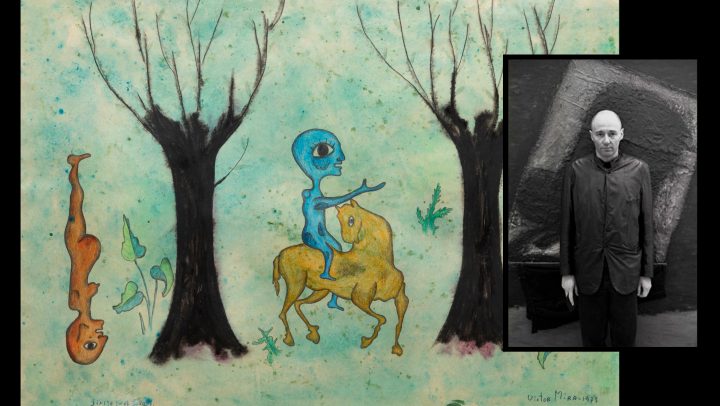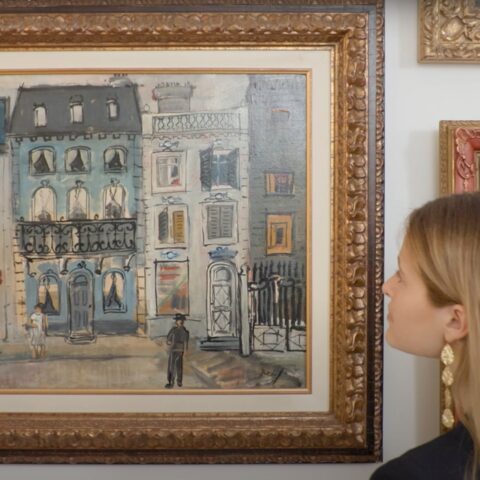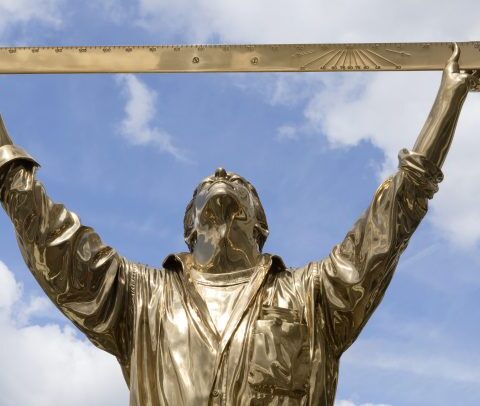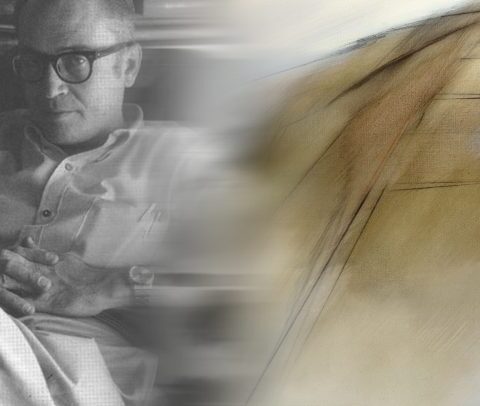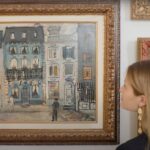On September 6, our contemporary art auction returns with a careful and varied selection of Victor Mira’s production, through which we will be able to discover the richness and depth of his creation.
Considered by international critics as one of the great creators of Spanish art in the last decades of the 20th century, Víctor Mira reflected in his different artistic facets the existential torment that accompanied him throughout his life . Qualified as a transgressor, eccentric, visionary, weird, mystic and enlightened, Mira was above all an artist who delved through his art into the depths of the human being. His work, as heartbreaking as it is poetic, acquires a violent spirituality whose feeling is reflected in this revealing statement: “as a man happiness is desired, as an artist I am not interested and I am dominated by the artist. Under this premise, Victor Mira transformed pain into a philosophy of life that would undoubtedly become his everlasting source of inspiration. And it is precisely this aspect that moves us in his work, the brutal and sincere contemplation of a soul, that of the artist, in which loneliness, inner ordeal and death are revealed to us as the only and unappealable certainties of life.
In her creative universe, Mira constantly turns to the cultural references that she absorbed with voracious curiosity from literature, cinema and music, as well as from religion and philosophy.Thus, he has created a particular compendium of concerns, reflections and obsessions that are ostensibly manifested in his pictorial works.
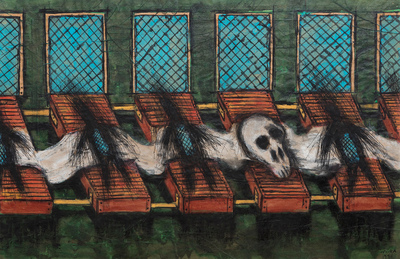
In this sense, the works under bidding allow us to trace a journey through the iconographic and plastic universe of Mira, who from his beginnings developed his work in series that overlapped in time. In them we can glimpse the Aragonese artist’s constant fondness for the primitive and that link with the origins of humanity that he found in the cave paintings. In series such as “Death Paintings“, Mira summoned a universe inhabited by archers, shamans and nomads who, with their arms raised as a sign of offering, celebrate enigmatic ceremonies.
Mira will also develop in parallel a type of landscape with surrealist roots visible in his series “Cantabrian Women” and “Miraniana of the Clock”. In these works we will see an endless parade of animals and human figures that, mating or gathered next to the trees of science and life in the Garden of Eden, take us back to the origins of humanity and to that lost Paradise that acts as a metaphor for an artist who, through his work, pursued in an eternal search for the way back home.
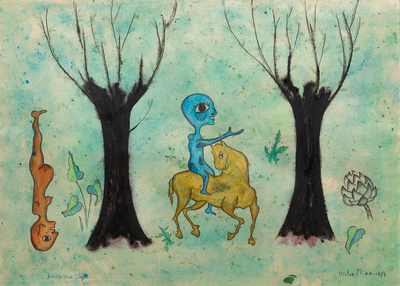
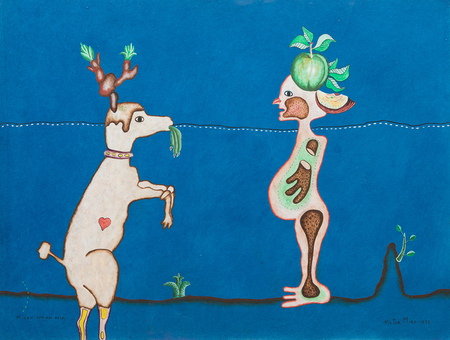
On the other hand, the theme of still lifes occupied a special significance within Mira’s artistic corpus to the point of becoming another icon of his career. Following a variegated aesthetic typical of expressionism, the artist approaches the tradition of baroque vanitas, introducing significant elements such as the crosses, the thalamus or the skulls that remind us of the finite nature of time and the inescapability of death.
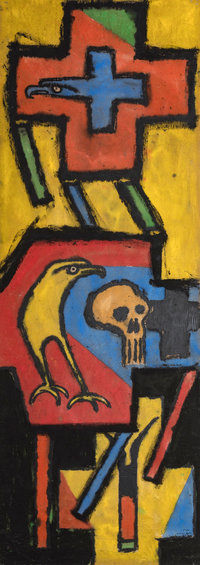
It is also worth mentioning the continuous references to other disciplines to which, as in the case of music, he dedicated several series. In fact, from the 1990s onwards, Mira will produce an extensive body of work based on Beethoven’s Symphony No. 5 in which the artist, reducing his palette to the trichrome of black, red and yellow, represents the four notes of the initial motif of the score, whose significance has traditionally been associated with the idea of destiny.
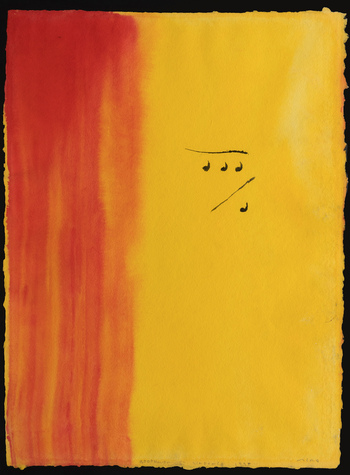
In an era in which the great deeds and heroic feats of romanticism seem to have no place, Victor Mira embodied like no one else the figure of the outsider, the cursed artist who, as is evident from the image of his characters, lives apart from everything and everyone, following only the dictates of a deeply restless and nonconformist spirit that he carried with him to the ultimate consequences. That complex spirit with which he gave birth to an excellent metaphor of death, as lyrical and beautiful as it is sordid and stark.

